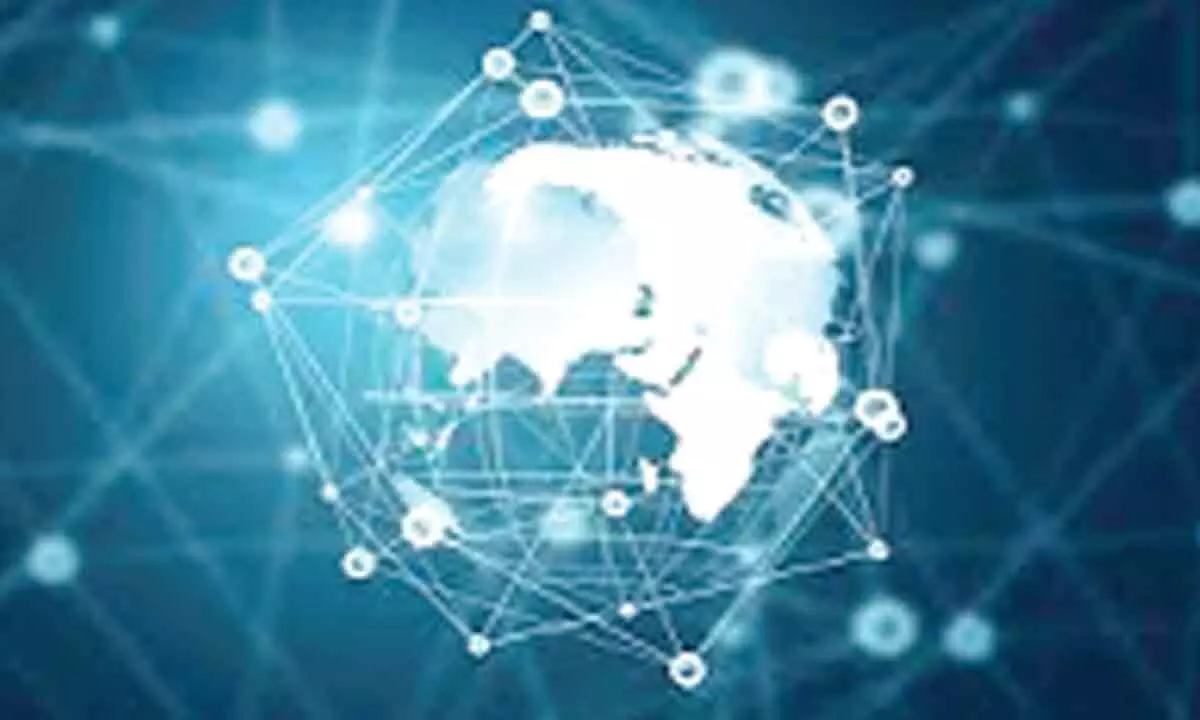Live
- Shiva Rajkumar gets cancerous bladder removed in US
- Modi: Ambedkar's vision neglected by Congress
- With holiday mood on a high, hotel room demand peaks in Hampi
- Vajpayee’s statue unveiled in Berhampur
- Bengal school job case: Special court hearing today to monitor progress of framing charges
- CM, Naveen pay tributes to Vajpayee
- Freedom fighter, veteran CPI leader R. Nallakannu turns 100 today
- Pravati inaugurates Dandadhar tourism site
- Applications invited for PM housing scheme
- SOT police seize 14 kg Ganja at Chouttuppal RTC bus stand
Just In
Wireless tech to remotely power IoT applications developed


Wireless tech to remotely power IoT applications developed
Researchers at the Indian Institute of Technology (IIT) Mandi on Thursday said they have developed wireless powering and communication technology that can aid futuristic Internet of Things (IoT) applications remotely.
Researchers at the Indian Institute of Technology (IIT) Mandi on Thursday said they have developed wireless powering and communication technology that can aid futuristic Internet of Things (IoT) applications remotely.
The IoT is a collection of objects ("things") that can exchange data with each other through the Internet. IoT devices range from ordinary household appliances in a "smart" home to sophisticated industrial and scientific tools.
Simplistic power sources such as batteries may be unsuitable for such applications because of the constancy of power required, and because some of these "things" may be embedded or hidden, which makes changing batteries difficult. There is, thus, a worldwide research in combining remote communication technology with remote powering options. The IIT Mandi team performed research on two such powering options - radio frequency energy harvesting (RF-EH) and backscatter communication.
"We have developed a cooperative model, in which, backscatter communication and RF-EH devices act together to optimally allocate the resources such as time and antenna weights," said Shivam Gujral, from the varsity's School of Computing and Electrical Engineering, in a statement.
In RF-EH, energy is transmitted by a dedicated transmitter to the IoT device through radio waves, the same kind of waves that are used in mobile phones for communication. In backscatter communication, as before, power is transmitted via radio waves, but with/without the need for a dedicated transmitter. Instead, RF signals available in the vicinity, such as WiFi, cell phone signals, etc, are harnessed through reflection and backscatter to power the IoT objects. "We used a dedicated power transmitter for the two devices, in which the backscatter device transferred information through a monostatic configuration and the RFEH device through the HTT protocol," said Dr. Siddhartha Sarma, Assistant Professor, IIT Mandi. The findings of this study were published in the Wireless Networks. Researchers now plan to implement the joint radiofrequency energy harvesting-backscatter communication system in real-time to analyse system performance. This would include working on the hardware aspects of the two complementary technologies, they noted.

© 2024 Hyderabad Media House Limited/The Hans India. All rights reserved. Powered by hocalwire.com






